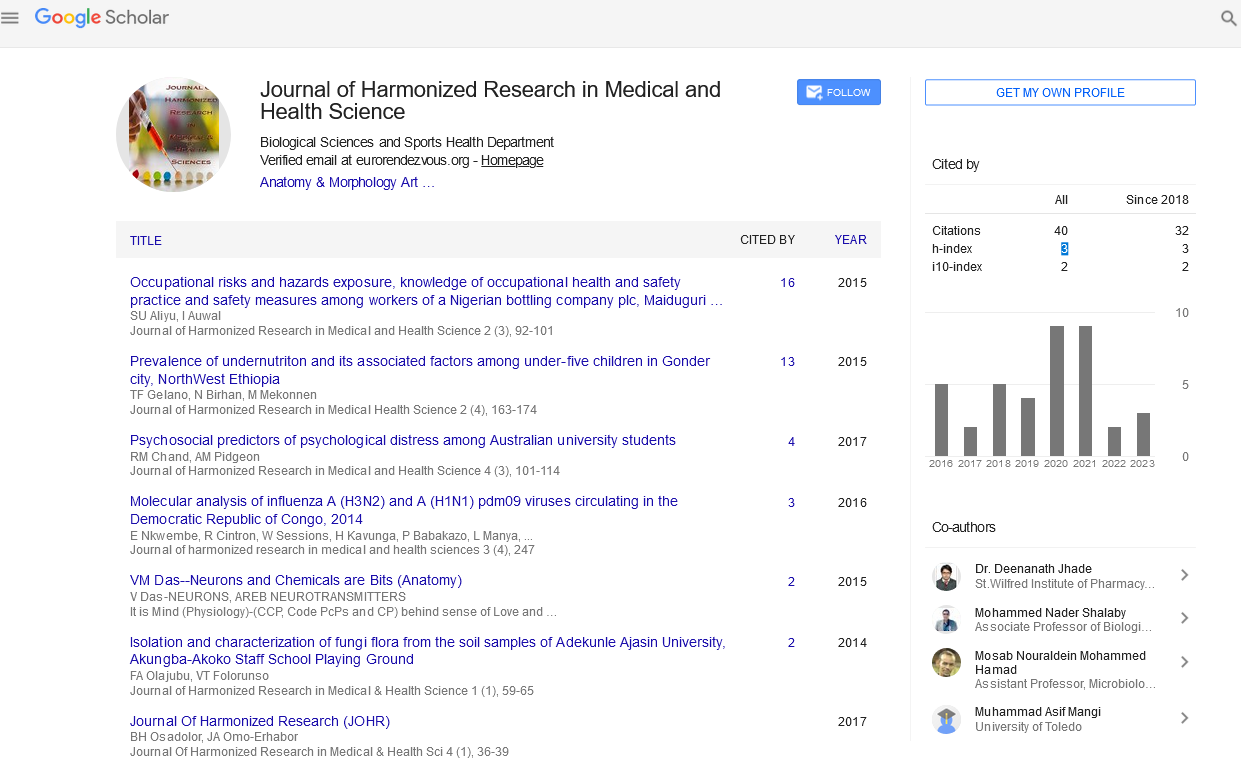PUBLIC HEALTH EVALUATION OF CADMIUM, LEAD, ARSENIC AND COPPER IN CLARIAS GARIEPINUS (CAT FISH) REARED IN TARPAULIN PONDS (NON-NATURAL HABITAT) IN BENIN CITY
Abstract
Author(s): Osadolor, H.B, Igudia, N. M.
Background: Studies have evaluated the level of toxic metals in catfish but no study has been carried out to evaluate the levels of toxic metals in catfish (Clarias gariepinus) reared in tarpaulin po nds in Nigeria. Therefore, this study seeks to evaluate the concentration of cadmium, lead, arsenic and copper in catfish (Clarias gariepinus) reared in tarpaulin ponds in Benin City and to correlate their concentrations in catfish (Clarias gariepinus) obtained from a natural source. Materials and Methods: Catfish were obtained from five different farms in Benin City and the controls were gotten from oviariver. The catfish samples were adequately washed and the concentrations of cadmium, lead, arsenic and copper were determined using inductively coupled plasma mass spectrophotometer. Results: The concentrations of lead (0.072±0.00and cadmium (0.013±0.00 in the tissues and the concentrations of arsenic (0.011±0.00, in the blood samples of catfish from all five tarpaulin farms were significantly higher (p<0.01) while the cadmium level in the blood samples were lower compared to controls (0.025±0.001mg/g, 0.008±0.00mg/g and with the exception of one tarpaulin pond, Copper concentrations (114.96±1.69, in tissues of catfish (Clarias gariepinus) grown in tarpaulin ponds were significantly higher (p<0.01) compared to controls (101.23±0.89). The concentrations of arsenic (0.02±0.00 and 0.015±0.00) in some of the tissue samples were also significantly higher compared to controls (0.014b±0.001). Conclusion: Catfish farmed in tarpaulin contain statistically significant (p<0.01) concentrations of cadmium, lead, arsenic and copper and their concentrations are well above the WHO permissible limit. Key Words: Cat fish, toxic metals, Tarpaulin Ponds










